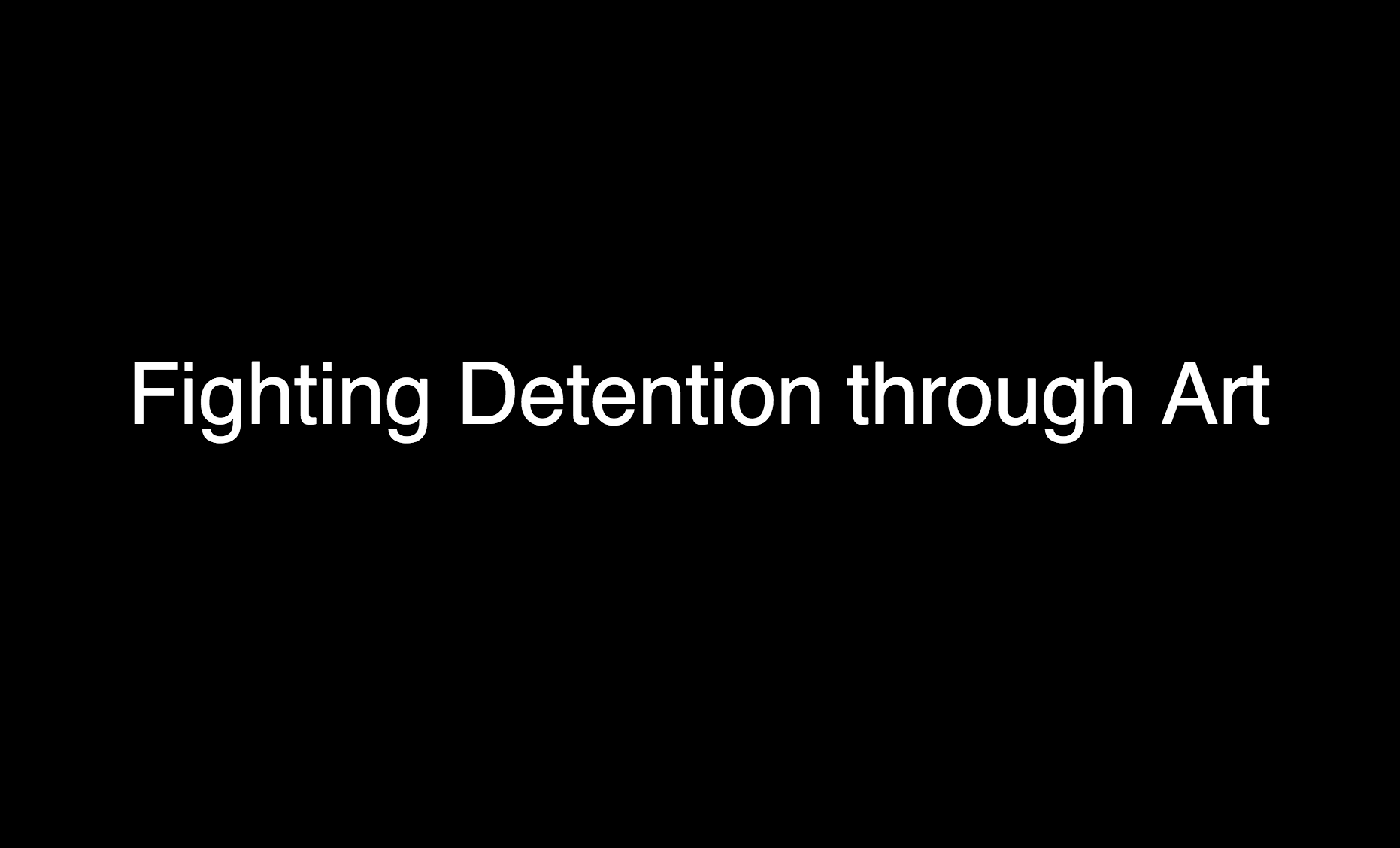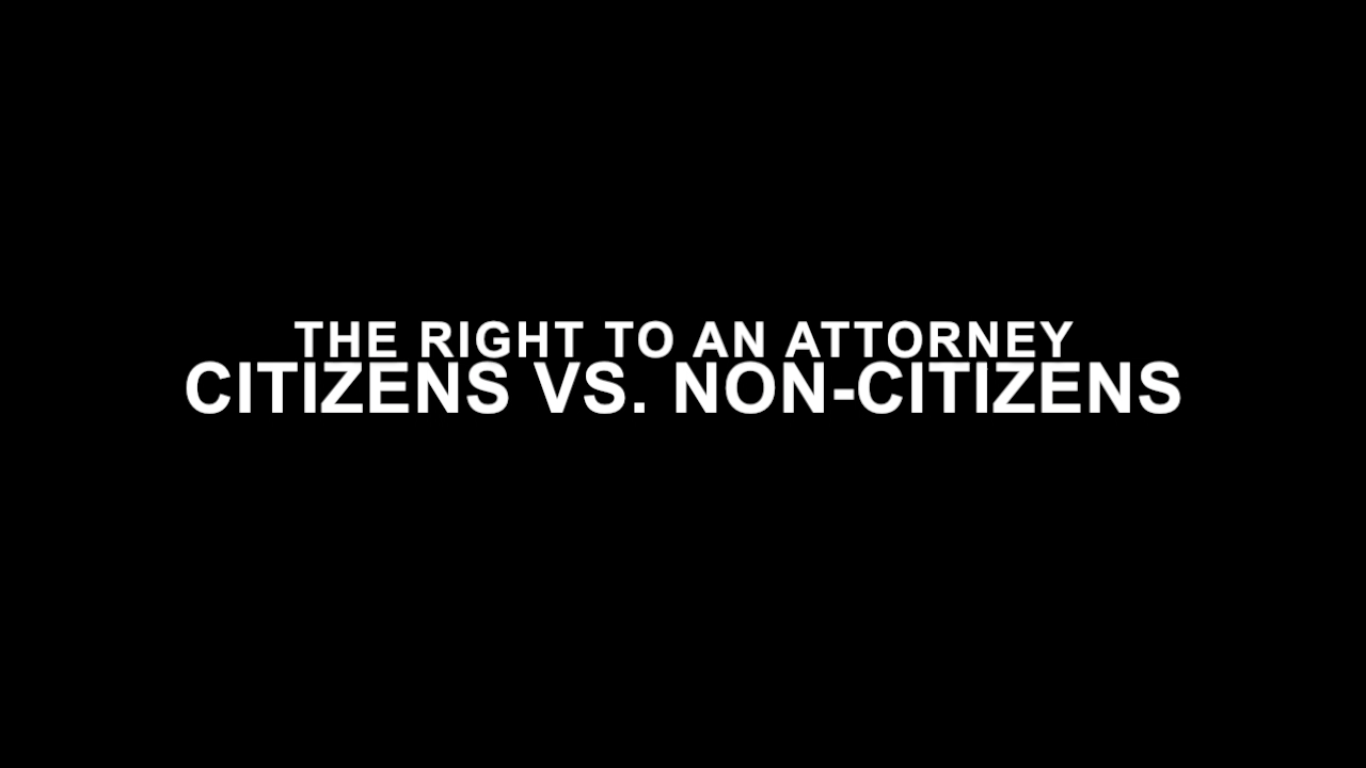Blog
What is Reproductive Justice?
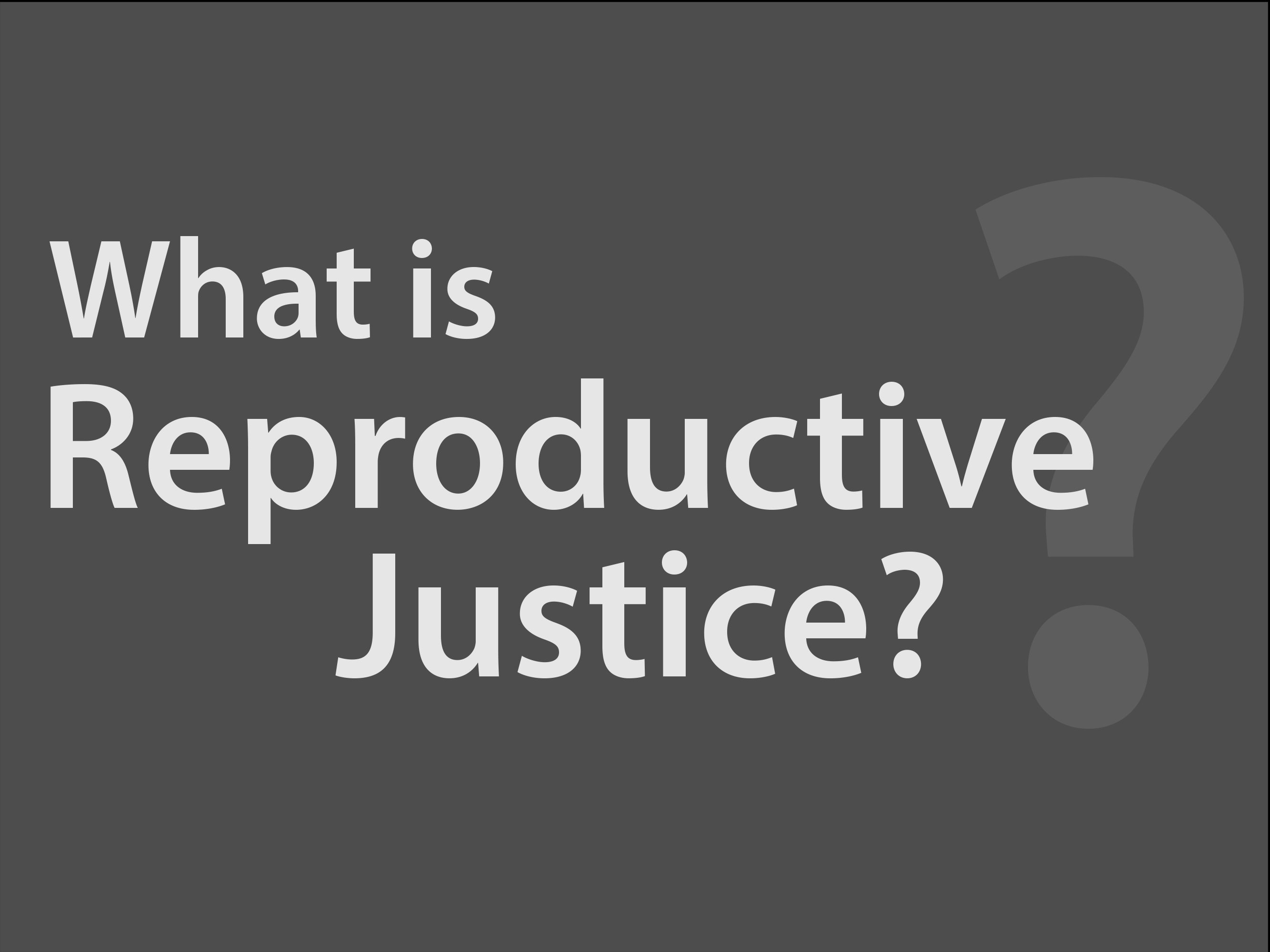
“The Reproductive Justice analysis offers a framework for empowering women and girls relevant to every family. Instead of focusing on the means-a divisive debate on abortion and birth control that neglects the real-life experiences of women and girls-the Reproductive Justice analysis focuses on the ends: better lives for women, healthier families, and sustainable communities. This is a clear and consistent message for all social justice movements. Using this analysis, we can integrate multiple issues and bring together constituencies that are multi-racial, multi-generational, and multi-class in order to build a more powerful and relevant grassroots movement." -- Loretta Ross, founding mother of Reproductive Justice, co-founder and the National Coordinator of the SisterSong Women of Color Reproductive Justice Collective from 2005-2012. The...
The Real Cost of Prisons Project
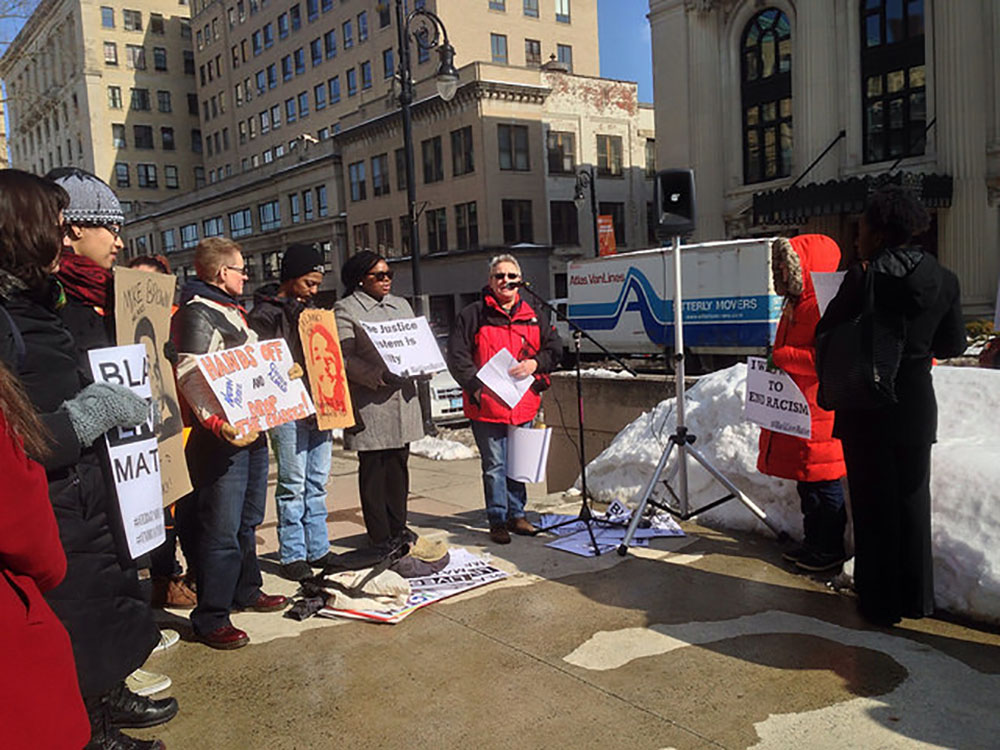
Lois Ahrens, founding director of the Real Cost of Prisons Project ( www.realcostofprisons.org ) and long-time activist, is pictured here speaking about bail and bail reform at a #BlackLivesMatter demonstration in February 2015.
Courtesy of: Chelsea Miller
In 2012, Lois Ahrens co-founded the Pretrial Working Group (PWG), a statewide coalition advocating for alternatives to pretrial incarceration, including the elimination of the monetary bail system and opposing construction of new jails in Massachusetts. The group’s website explains, “in Massachusetts, every day, more than 5,000 women and men are jailed pretrial, that is, they have been convicted of nothing. A majority is often held for months only because they do not have money for bail.” The Pretrial...
The State of Public Humiliation

There isn’t anything new about public humiliation and its role in punishment. Throughout history, public humiliation was used to warn others away from committing a crime, while branding some criminals for life. In the United States, the development of Eastern State Penitentiary in Philadelphia during the early nineteenth century was heralded as a reform in the prison system, because convicted felons were imprisoned anonymously. This, in theory, allowed them to reintegrate into society without the stigma that public humiliation created.
Despite such reforms, public humiliation remains a part of the system – and has been reemphasized as a method of punishment – and the dehumanization of criminals continues to be an ongoing issue. With the development of new forms...
Central State Hospital Unmarked Graves
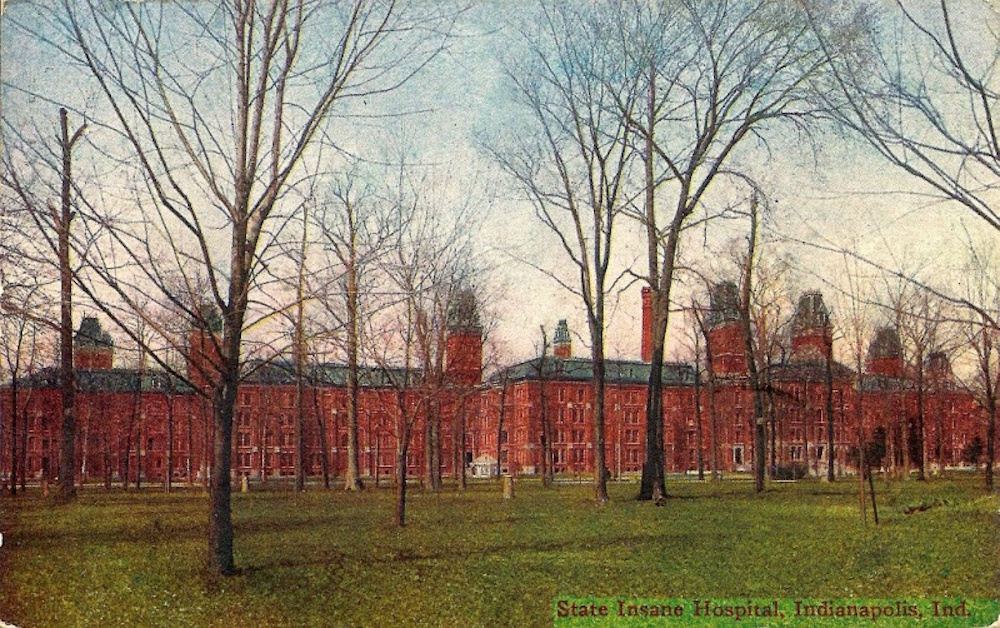
“These people - patients - lived there. And they died there. Then they vanished, their existence noted only in forgotten record books and forgotten news.” In operation from 1848 to 1994, Central State Hospital, Indianapolis, Indiana, treated and housed people who were mentally ill. This facility treated many patients over the years (housing nearly 2,000 at its peak) and generated many records, however there are still those patients whose lives and their final resting place has been lost. Somewhere on the grounds of the old Central State Hospital there are original four sections of a cemetery, possibly containing over 1,000 graves, predating 1905, whose location has been lost and forgotten. Many individuals with mental illness were placed in the State...
Central State Hospital Grounds

Originally called the “Indiana Hospital for the Insane,” Central State Hospital opened in 1848 to treat patients with many different diagnoses. The 160-acre grounds housed the men’s building (“Old Main”), the women’s building (“Seven Steeples” created in the groundbreaking Kirkbride style), a power plant, police force, fire department, hospital, bakery, laundry, kitchen and pathology building among others. This 1916 map highlights the significant amount of structures erected to house and care for people with mental illness. The grounds were closed in 1994 in large part because of unhealthy conditions, patient abuse, lack of funding, and a societal push towards community-centered mental health facilities. Today, the pathology lab is preserved as the Indiana Medical History Museum. The rest of the grounds...
"Mistaken for a Maniac"
Indianapolis Leader, January 7, 1882, p4. How would it feel to be removed from recognizable surroundings and held in confinement due to a lack of being able to communicate? Not allowed to explain, not allowed to leave. That is what happened for William Knapp of Indianapolis, a German who was wrongly arrested and taken to Central State Hospital. According to the article, he made repeated attempts to express he was not the right man, but each time the confrontation escalated until he was bound with ropes. Then, when the arresting officers brought him to Central State, it was discovered that he was the wrong man and was eventually released. Due to a lack of being able to communicate, drastic measures...
Rates of Women's Incarceration 1910-2014
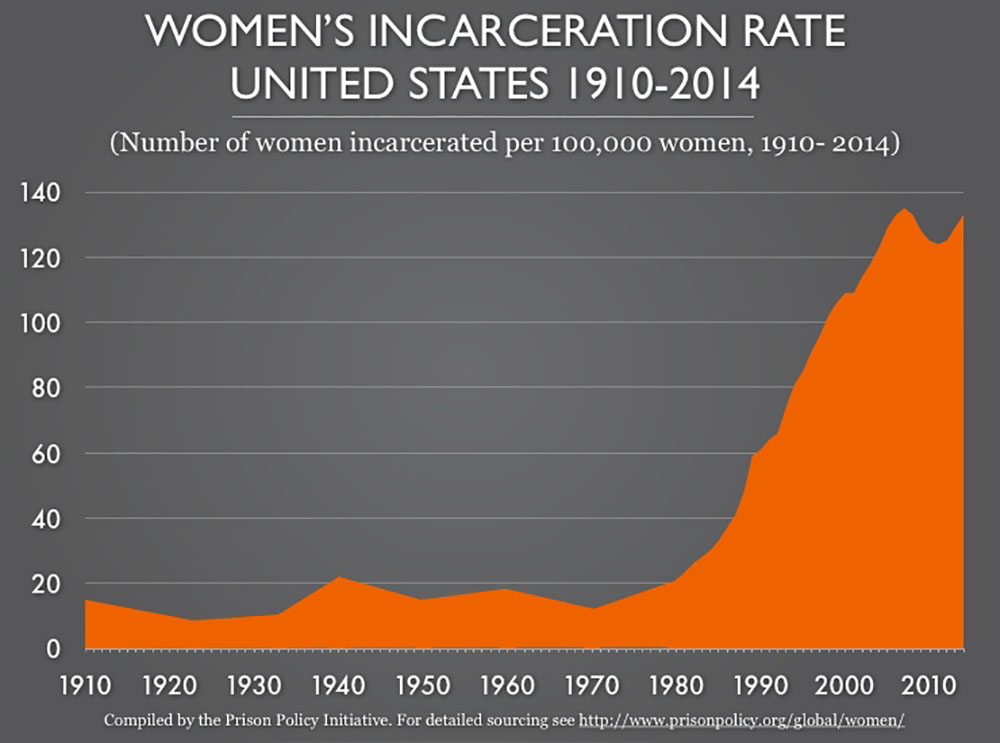
This graph, published by the Prison Policy Initiative, displays the increased rate of women’s incarceration in the United States between 1910 and 2014. While only five percent of the world’s women live in the United States, nearly thirty percent of the world’s incarcerated women are here (Kajstura and Immarigeon 2015). The number of incarcerated women is growing at staggering rates. In 1980, about 13,000 women were incarcerated in federal and state prisons combined. In 2010, there were 205,000 women overall in prison or jail (Mauer 2013, p. 9). The female population in American jails, specifically, increased by 48% between 1999 and yearend 2013, while the male population increased by 17% during the same time frame (Minton et al. 2015). Between...
Racial Disparity in Massachusetts Prisons
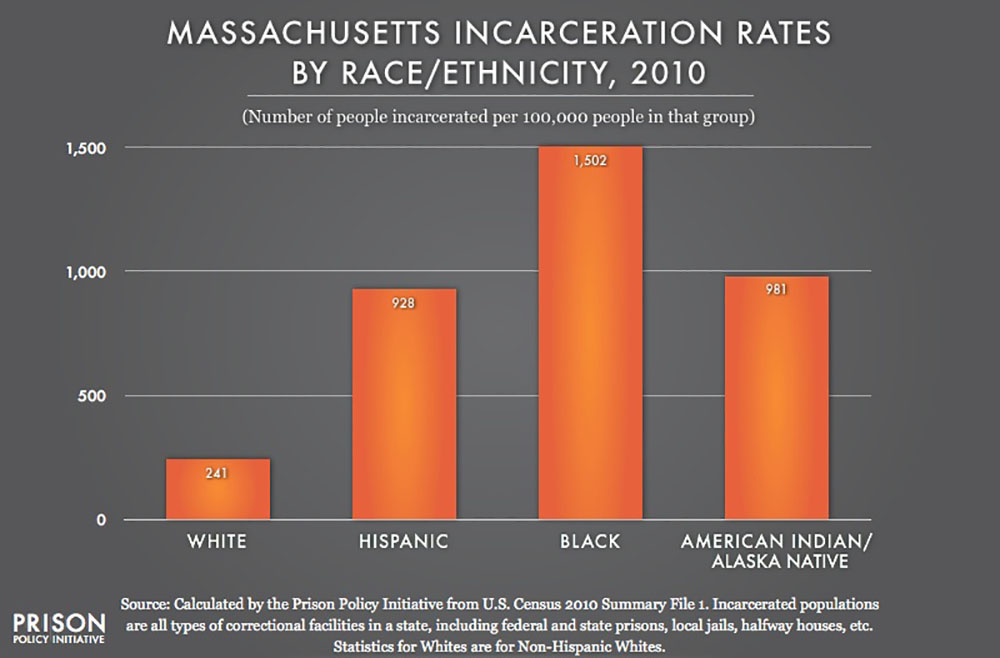
The Prison Policy Initiative finds that black, Latino, and Native American/Alaska Native Americans are overrepresented in Massachusetts prisons and jails, while white Americans are underrepresented. In the 2010 census, while whites constituted 64% of the United States population, they constituted 39% of the nation’s incarcerated population at a rate of 450 per 100,000 (Sakala 2014). This graph depicts incarceration rates by race/ethnicity in Massachusetts based on the 2010 census. The rate for African Americans stands at a striking 1,502 people incarcerated per 100,000. This is over 6 times higher the rate for whites in the state. This graph, along with the Prison Policy Initiative’s briefing report “Breaking Down Mass Incarceration in the 2010 Census: State-by-state Incarceration Rates by Race/Ethnicity,” shows...
- 1 of 2
- next ›
